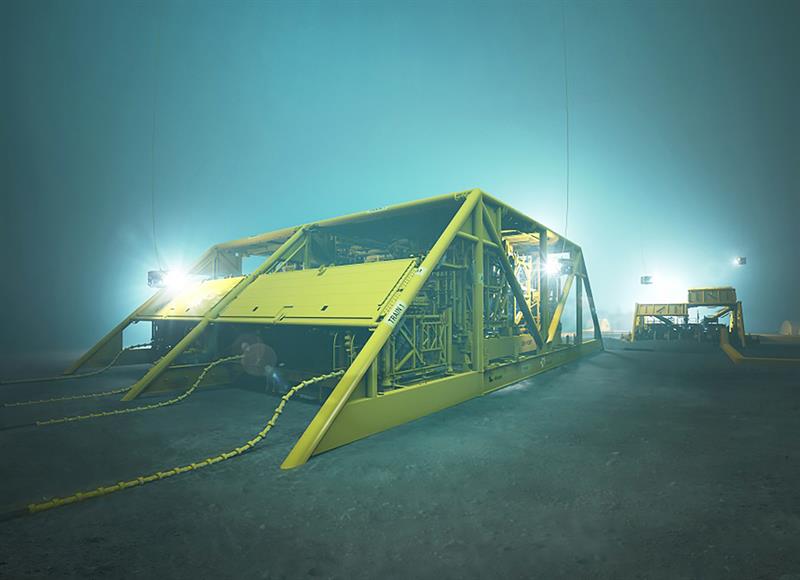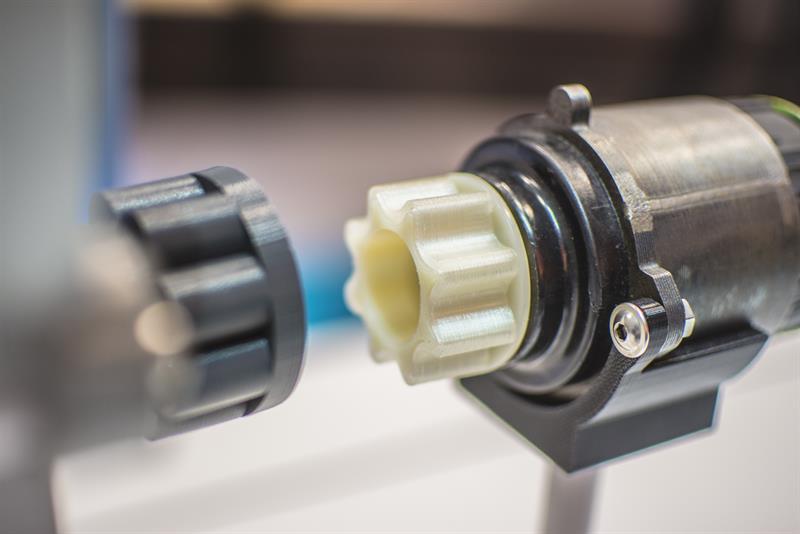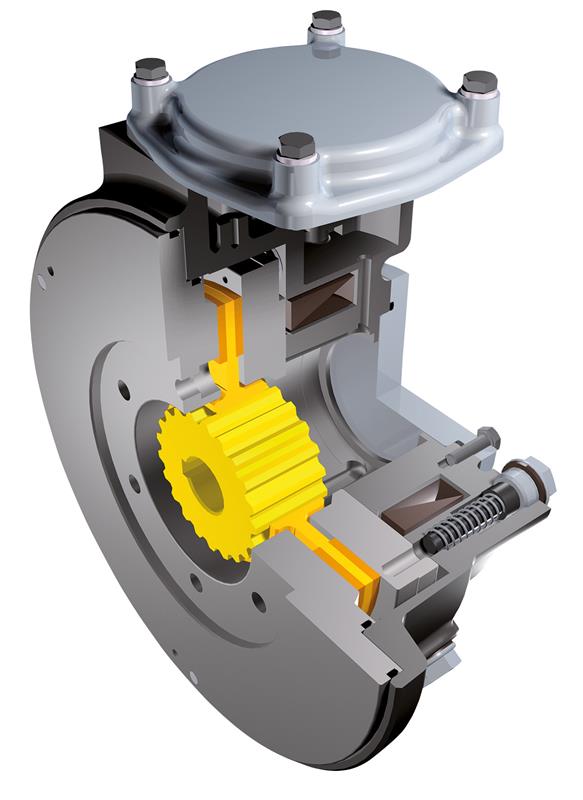Project footprint, for example, immediately increases as soon as gearing is introduced. It’s not uncommon for the size of the equipment skid to double due to the presence of a gearbox, not to mention associated shafts, couplings and components.
As well as a greater footprint there is a considerable increase in weight. In the past, weight was rarely an important element, but increasingly engineers and designers are requesting more lightweight equipment. Offshore oil and gas, marine and subsea deployments in particular require smaller footprints than ever before in order to reduce transportation and installation costs.
The presence of gearing also tends to escalate project costs and adds to complexity. As you introduce more moving parts and a larger number of elements into the equation, the price tag can soar, the engineering difficulty rises and reliability becomes a greater concern. A gearbox also adds to the maintenance requirement, something engineers are increasingly asking to be reduced.
Eliminating the gearbox
A modern drive train, consisting of a high-quality variable speed drive (VSD) and a motor capable of achieving speeds up to 15,000rpm is a viable way to overcome these obstacles. Still, it is critical that the chosen VSD has been especially engineered for specific application requirements. And although conventional drive trains are evolving towards these high speeds, VSD drive trains have already been able to reach this level of performance for more than a decade.
Motion control firm, The Switch is pioneering advanced drive train technology. Its turbo drive consists of a solid rotor induction motor and a variable speed drive. The Switch turbo drive eliminates the need for a gearbox, yet the drive can control the whole process over its entire speed range.
The stiff construction offers extremely high density, making it more compact and lightweight to reduce its footprint. Plus, it provides the added benefit of withstanding the forces of extremely high radial speeds and vibrations.
 North Sea compressors
North Sea compressors
Take the case of the High-Speed Oil Free Compressors (HSOFC) sitting 300m below the North Sea at Statoil’s Asgard field. As these subsea compressors were to be installed at depth, they had to be designed to run continuously for decades without maintenance. After all, the difficulty posed by an on-site repair on the ocean floor would be staggering.
Great care was taken in the selection of equipment that offered the highest level of reliability and efficiency. Statoil chose MAN Diesel & Turbo to provide compressors with a tiny footprint that could run continuously on the seabed. In turn, MAN looked for the most optimum way to power this integrated motor compressor.
MAN decided to power its compressors with a high-speed electric motor and turbo drive from The Switch, as it proved to offer the most reliable rotor construction in the smallest space. The turbo drive’s frequency-converter-control substitutes for the gearbox and provides the necessary torque to the compressor.
Additionally, the selection of the turbo drive allowed MAN to design a complete solution that could function without oil. Alternate forms of lubrication such as active magnetic bearings also contributed to an oil-free and frictionless design. To date, the subsea compressor has run for over 15,000 hours on the sea bed without issue.
| AM plastic Segway coupling Replacement couplings for Segways that sit between the motor and gearbox are being made from 3D printed plastic polyurethane. The material allows ‘flex’ to reduce strain on the motor and more smoothly deliver power. The coupling frequently becomes worn after a few years of service, meaning replacements are routinely sought after. However, long lead times and relatively high costs have seen German plastic’s part manufacturer, Agor, team up with Covestro to develop an alternative. "We would have to wait for delivery from the US, which could be six weeks," says Professor Andreas Fischer, head of generative manufacturing at Agor. "So, the idea was, ‘can we print the spare parts instead?’." The aftermarket part is being 3D printed at a quarter of the cost and in a fraction of the time. Now, instead of six weeks, Agor produces the part in just a few hours and at a quarter of the price – around €12, down from €35. |
| Crane brake minimises downtime despite severe weathering
The component is fail-safe and closes in de-energised conditions such as power failure or in an emergency stop. Here, a screw spring presses against the armature disk and the friction linings of the rotor that connects with the driveshaft via a toothed hub, are clamped between the armature disk and the mounting surface of the brake. When the power is switched on, a magnetic field is built up in the brakes. In this way, the armature disk is pulled against the spring pressure towards the coil carrier. The rotor with the friction linings is free and the brake is released. Harbour crane systems must perform around the clock with minimal downtime. The ROBA-stop-S meets IP 67, which means that it is fully protected from dust and can withstand being submerged in 1m of static water for up to 30 minutes. In addition, the high-quality primer on the brake body, plus the chrome or nickel coating of the inner components, provide permanent protection against corrosion. |









 In Singapore Harbour, the second-largest container harbour in the world, over 30 million standard container units (TEUs) were handled in 2015. Loading and unloading of ships generally takes place via harbour crane systems, the so-called container gantry cranes. With load capacities up to several hundred tonnes, the ROBA-stop-S electromagnetic safety brakes by Mayr power transmission are used on travel and hoist drives to provide safety and high performance.
In Singapore Harbour, the second-largest container harbour in the world, over 30 million standard container units (TEUs) were handled in 2015. Loading and unloading of ships generally takes place via harbour crane systems, the so-called container gantry cranes. With load capacities up to several hundred tonnes, the ROBA-stop-S electromagnetic safety brakes by Mayr power transmission are used on travel and hoist drives to provide safety and high performance. 